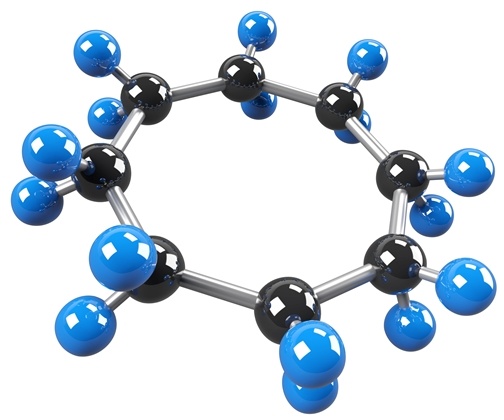
Scientists have made a breakthrough in understanding how pluripotent cells are controlled by the “cell cycle clock”. By gaining a deeper understanding of stem cell potency and the mechanisms that control cell differentiation, researchers may gain more control over stem cell function in the human body.
Stem cells have the ability to differentiate into other types of cells. The extent of that ability is called their potency. For example, a pluripotent stem cell can transform into nearly every type of human cell, while a multipotent stem cell can only transform into a limited number of specific cells.
Researchers from A*STAR’s Genome Institute of Singapore (GIS) looked at the differentiation of pluripotent Embryonic stem cells (ESCs) throughout the cell cycle. The cell cycle refers to the series of events that takes place when a cell divides. It has four phases, G1, S, G2 and M. Scientists previously thought that ESCs could only differentiate into other types of cells in the first stage of the cell cycle (G1). It was believed that the G1 part of the cycle had properties that ESCs needed for differentiation.
The study has found evidence that the ESCs are more resistant to differentiation in the S and G2 phases. ESCs don’t differentiate in other phases due to an additional property causing resistance, not because of a missing G1 property, as originally thought. This is an important finding for understanding how stem cell potency works. Researchers used high-throughput screening to examine the development of many ESCs to reach their findings.
Scientists also discovered that ESCs do not differentiate when there is DNA damage in the cells. This prevents the DNA damaged cells from compromising genomic integrity.
Co-lead author Research Fellow Dr Liang Hongqing explained the importance of the finding, saying: “Our research has shifted the current paradigm from a G1-phase centric view in stem cell regulation to a balanced view that different cell cycle phases perform different roles to orchestrate the stem cell fate”
Source: Molecular Cell Cycle Clock that Controls Stem Cell Potency
{{cta(‘3fe0aac7-7562-46dc-b8b9-c706d9cfd6b1’)}}
{{cta(‘fec594e9-5433-4350-9180-2bdd371eb399’)}}

